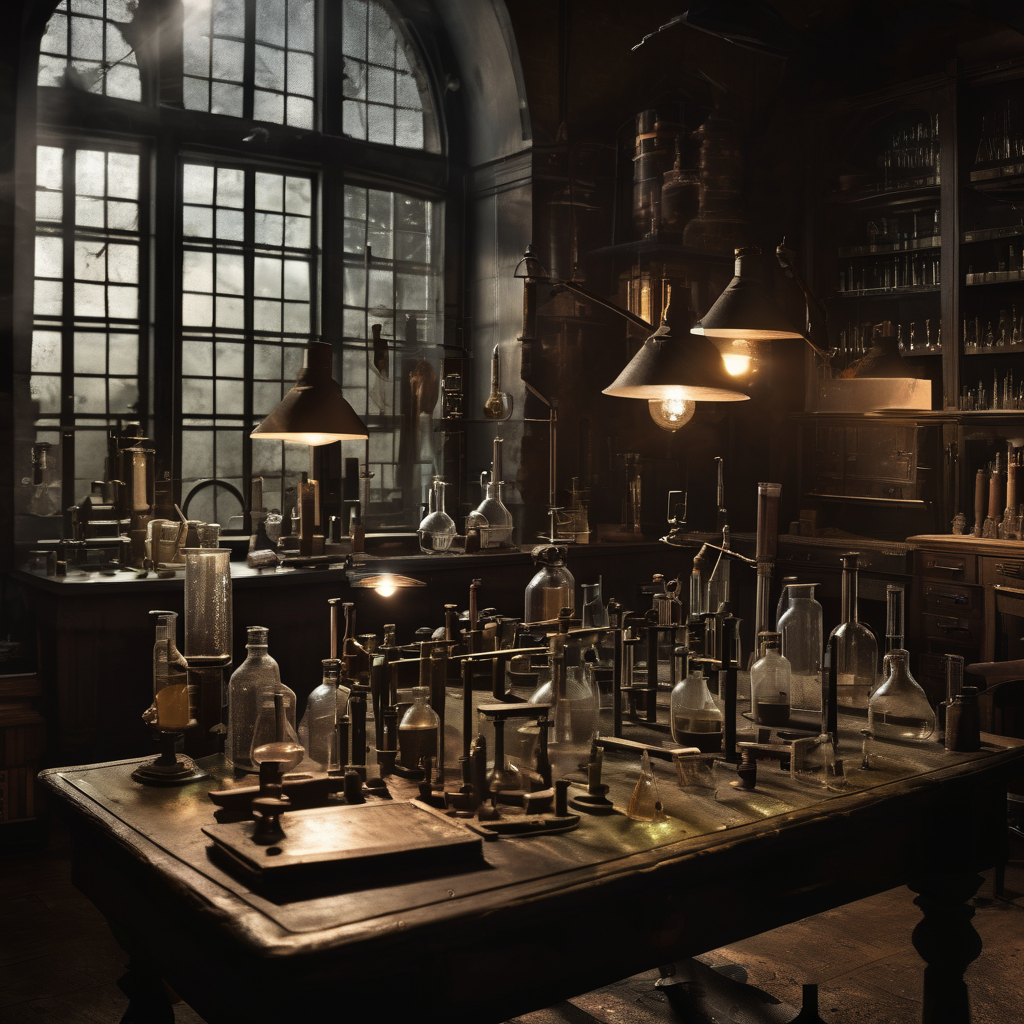Netflix has revealed the first full look at Jacob Elordi as the iconic creature in Guillermo del Toro’s adaptation of Frankenstein, which is currently screening in theaters. A portrait of the Euphoria star as the reanimated entity created by Victor Frankenstein, portrayed by Oscar Isaac, was shared on Friday through the streaming platform’s social media accounts, accompanied by various cast images.
Elordi’s monster presents a stark contrast to the classic depictions of the character that audiences have come to expect, reminiscent of Boris Karloff’s portrayal in the 1930s. This new version reflects Mary Shelley’s 1818 novel, showcasing the creature with pale skin marred by scars, a striking lack of eyebrows, and disheveled dark hair cascading down past his shoulders.
In an interview with Entertainment Weekly, del Toro characterized Elordi’s monster as “staggeringly beautiful, in an otherworldly way.” He emphasized that Victor, who is not only a surgeon but also an artist, has crafted a creature that is “a newborn, alabaster creature” with beautiful, almost aerodynamic scars. Del Toro has taken care to ensure the creature does not come across as an accident victim, instead portraying patches of flesh in various pale hues that suggest a “newborn soul.”
Del Toro also praised Elordi’s soulful acting as he navigates the evolution of the creature during the film. Elordi had expressed to the director that “this creature is more me than me,” revealing a deep emotional connection to the character that del Toro believes brings a profound truth to the performance. Oscar Isaac echoed this sentiment, describing Elordi’s portrayal as both heartbreaking and beautifully complex. He noted that the characters of Victor and the creature mirror each other, embodying themes of fatherhood and the cyclical aspects of life and creation.
Frankenstein is currently playing in select theaters and is set to premiere on Netflix on November 7. With del Toro’s reimagining, there is renewed interest in the creature’s narrative, highlighting themes of beauty and monstrosity that resonate deeply in contemporary storytelling. This adaptation not only reintroduces a classic tale but also breathes fresh life into it, inviting audiences to reflect on the connections between creator and creation.
